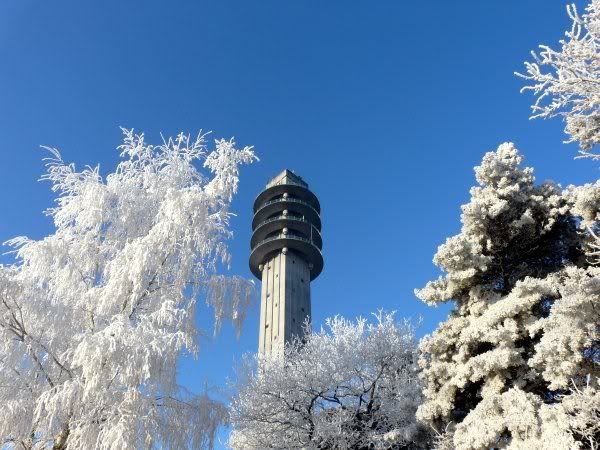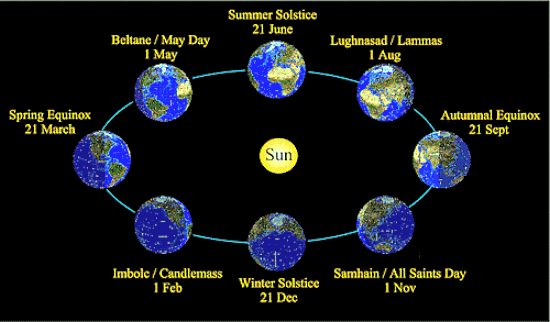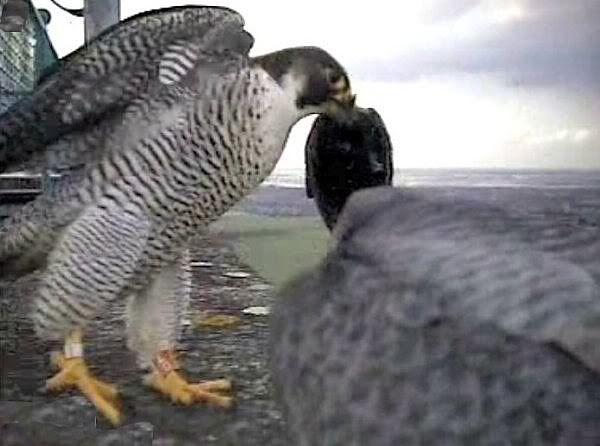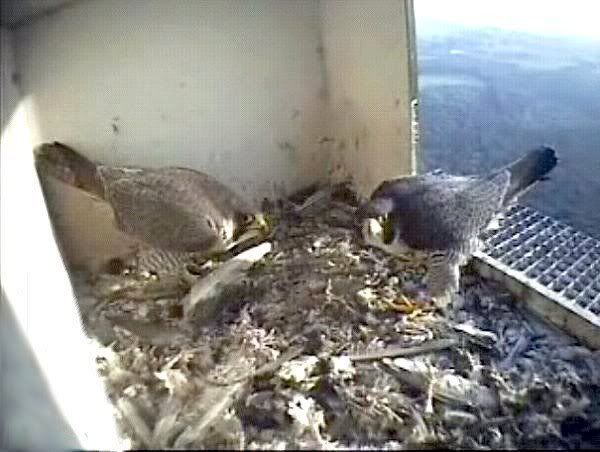
In many cultures a date around the 21 is picked as an important day of joy. In some cultures the event of the return of the light has become a religious event, like f.i. Christianity.
In the Psychology of Jung we say that things that happen outside of you come forth from within you. The esoteric reunion of the anima and animus makes you whole. It is the inner journey to the ninth chakra when completion is accomplished. When total Emptiness is achieved. It is a celebration of the old and the coming of the new. That is exactly what is happening outside of us, in nature, now in these days.
Nature lies silent waiting for the return of the warmth and light of the Sun. Nature has gone back to its archetypical form, to its very Source. Branches have lost their leaves, nature looks withered, often covered with snow. Which symbolizes virginity, pureness, whiteness, innocence. Nature has gone back to it's embryonic form, in Silence, back in the whom of the Anima Mundi. Waiting to be born again. Till everything that is and will be arises from the Source. Emptyness which holds every form.

The Sun, Helios will be the one to awaken nature. He will melt the virgin snow and the Anima Mundi will blossem again.
It is very understandable that people in the ancient cultures who were living from within their collective consiousness worshipped the sun. In Egypt the sun was the highest god. And every morning the peregrine falcon: Horus appeared at the horizon flying high in the sky just before the God Ra appeared in his shining chariot. He was therefore called Horus, born of the sun.
Since 45 BCE, when the 25th of December was established in the Julian calendar as the winter solstice of Europe, the difference between the calendar year (365.2500 days) and the tropical year (365.2422 days) moved the day associated with the actual astronomical solstice forward approximately three days every four centuries until 1582 when Pope Gregory XIII changed the calendar bringing the northern winter solstice to around December 21. Yearly, in the Gregorian calendar the solstice still fluctuates slightly, but in the long term, only about one day every 3000 years.

Astronomically the winter solstice occurs at the instant when the Sun's position in the sky is at its greatest angular distance on the other side of the equatorial plane from the observers' hemisphere. Depending on the shift of the calendar, the event of the winter solstice occurs some time between December 20 and December 23 each year in the northern hemisphere, and between June 20 and June 23 in the southern hemisphere, during either the shortest day or the longest night of the year, which is not to be confused with the darkest day or night or the day with the earliest sunset or latest sunrise. Though the winter solstice lasts an instant, the term is also colloquially used to refer to the full 24-hour period of the day on which it occurs.
Astronomical events, which during ancient times controlled the mating of animals, sowing of crops and metering of winter reserves between harvests, show how various cultural mythologies and traditions have arisen. On the night of winter solstice, as seen from a northern sky, the three stars in Orion's Belt align with the brightest star in the eastern sky Sirius to show where the Sun will rise in the morning after winter solstice. Until this time, the Sun has exhibited since summer solstice a decreasing arc across the Southern sky. On winter solstice, the Sun ceases to decline in the sky and the length of daylight reaches its minimum for three days, during which the sun does not move on the horizon. After such a time, the Sun begins its ascent into the northern sky and days grow longer. Thus the interpretation by many cultures of a sun reborn and a return to light. This return to light is again celebrated at the vernal equinox, when the length of day equals that of night.

Since the event is seen as the reversal of the Sun's ebbing presence in the sky, concepts of the birth or rebirth of sun gods have been common and, in cultures using winter solstitially based cyclic calendars, the year as reborn has been celebrated with regard to life-death-rebirth deities
The cosmic events have their influence of nature on our earth. Life on earth would not be possible without them. The return of the sun, the lenghtening of the daylight hours immediately has an effect on the reproductioncycle of animals.
Testes & follicles increase dramatically in size as the breeding season approaches.
As day length increases, photic stimulation of the hypothalamus results in the secretion of Gonadotropin releasing hormone (GnRH below). When activated by GnRH, the anterior pituitary secretes two gonadotropin hormones, follicle-stimulating hormone (FSH) and luteinizing hormone (LH). FSH acts on sperm-producing structures in the testes, while LH acts on the interstitial cells of the testes causing them to secrete the steroid hormone testosterone. The pituitary gland monitors the amount of testosterone in the blood, thus creating a negative feedback loop to maintain hormone levels within a set range.

Ambient visual cues, such as daylight, activate photosensitive loci in the brain both indirectly, through the eyes, and directly, through the skull. The hypothalamus of the bird brain contains special cells that are sensitive to extremely low light levels, intensities comparable to the amount of light that can penetrate brain tissue.
So this Winter Solstice, the rebirth of the Light is both a mythical, magical, astronomical and biological effent. For our Peregrine falcons the start of the breeding season.
For us a moment of Silence, of remembrance, of returning to the richness of our Collective Consiousness which talks to us in symbols. To realise that everything in this universe consists of pure and utter love....









